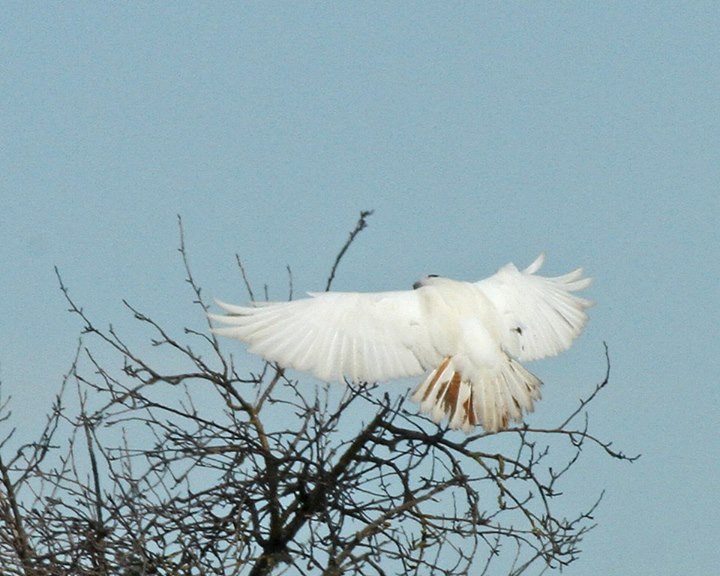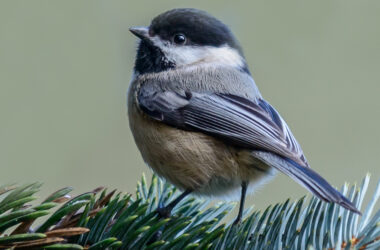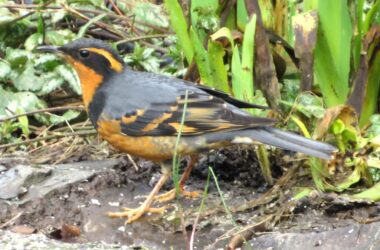This is about “leucism,” the scientific word for having more white than normal members of the same species. Leucistic characteristics can appear in any species of bird or mammal, but rarely. One bird study I found claimed a leucistic individual is less than one in thirty thousand. Even rarer are true albinos with zero non-white coloring. One estimate: leucism is twenty-five times more common than albinism in wild birds.
Some of the species I have personally witnessed with leucistic traits: nutria, mule deer, junco, American robin, surfbird, fox sparrow, song sparrow, Brewer’s blackbird, red-tailed hawk, spotted towhee, California towhee (may have been true albino), black-capped chickadee. Right now our south Salem garden hosts the white-spotted junco seen below.
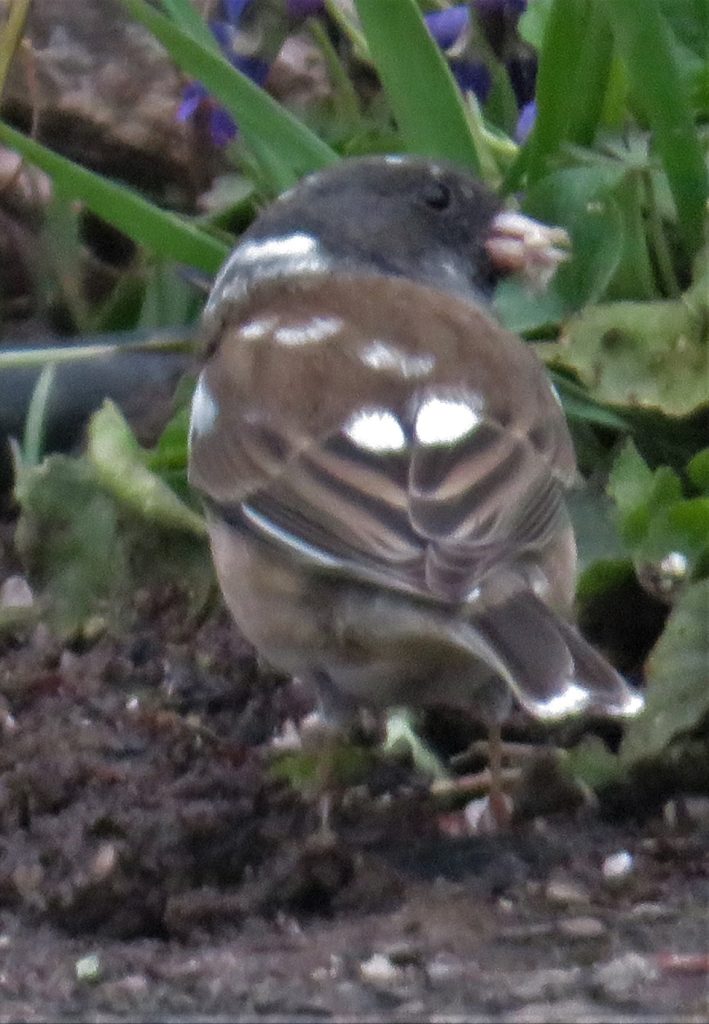
Leucism may be caused by nutritional deficiencies, hereditary mutations or progressive graying of the feathers. Poor nutrition can affect cells that produce color pigments. When regular color production is disrupted, white, or gray feathers (or fur) are produced.
A genetic mutation can cause leucism, which can be passed onto offspring. Mutations that result inleucism can also be caused by pollution.
Leucistic genes are always recessive. Normal adults can carry those genes without showing signs of leucism. When adult birds with recessive leucistic genes mate, the resulting offspring may exhibit leucistic plumage. Leucistic genes can skip generations without being expressed in offspring. Studies indicate there are more leucistic birds in urban areas with high levels of contaminants to cause mutations. One study found male birds exhibited leucism more often than females.
Watch for that unexpected flash of white.
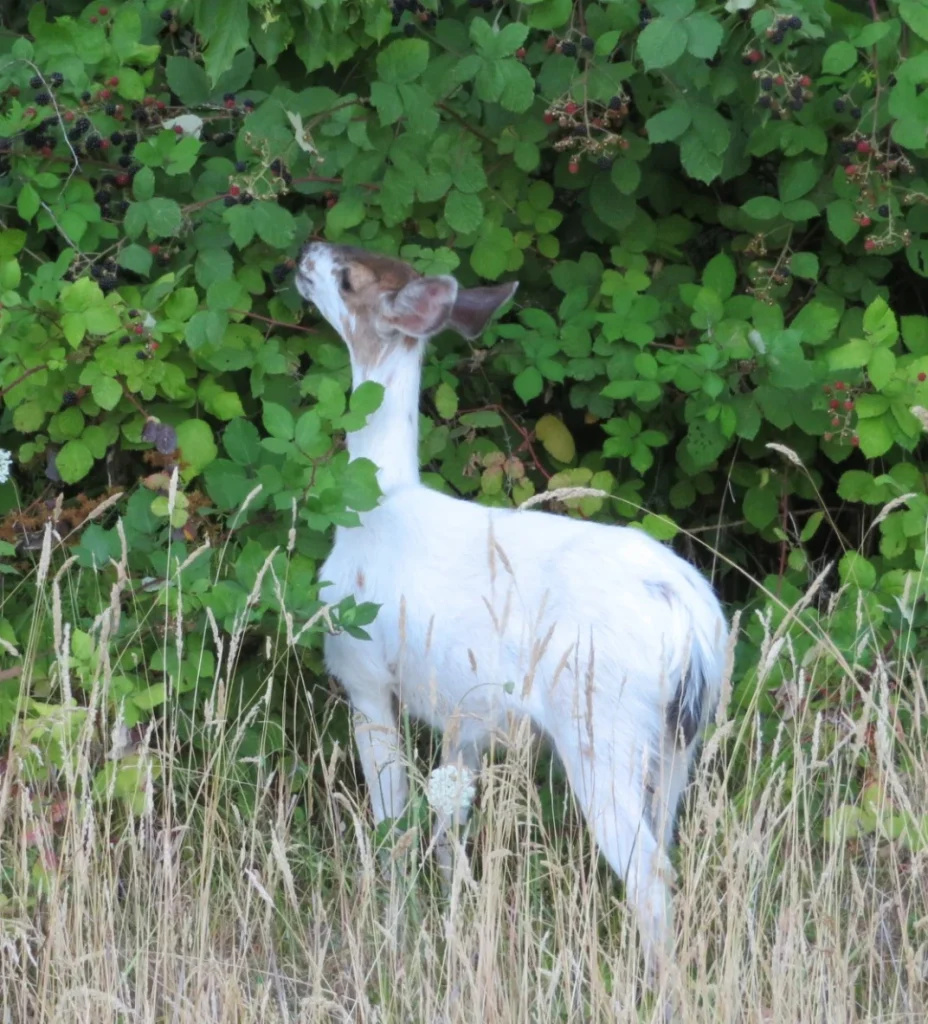
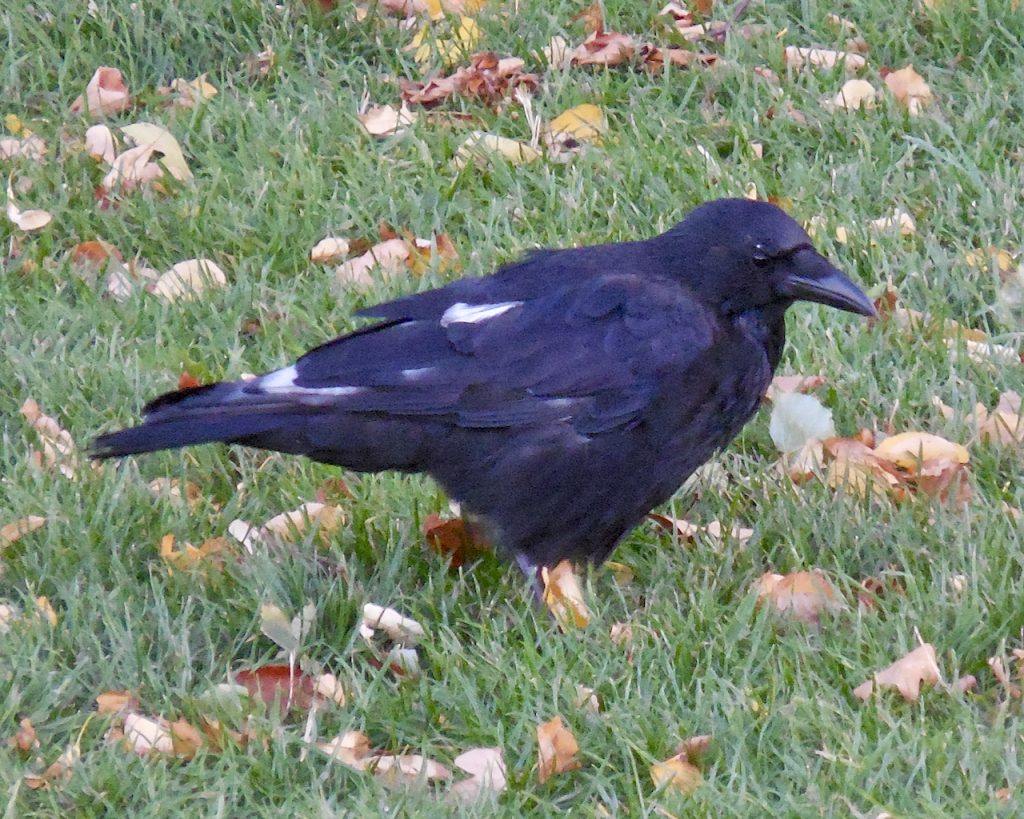

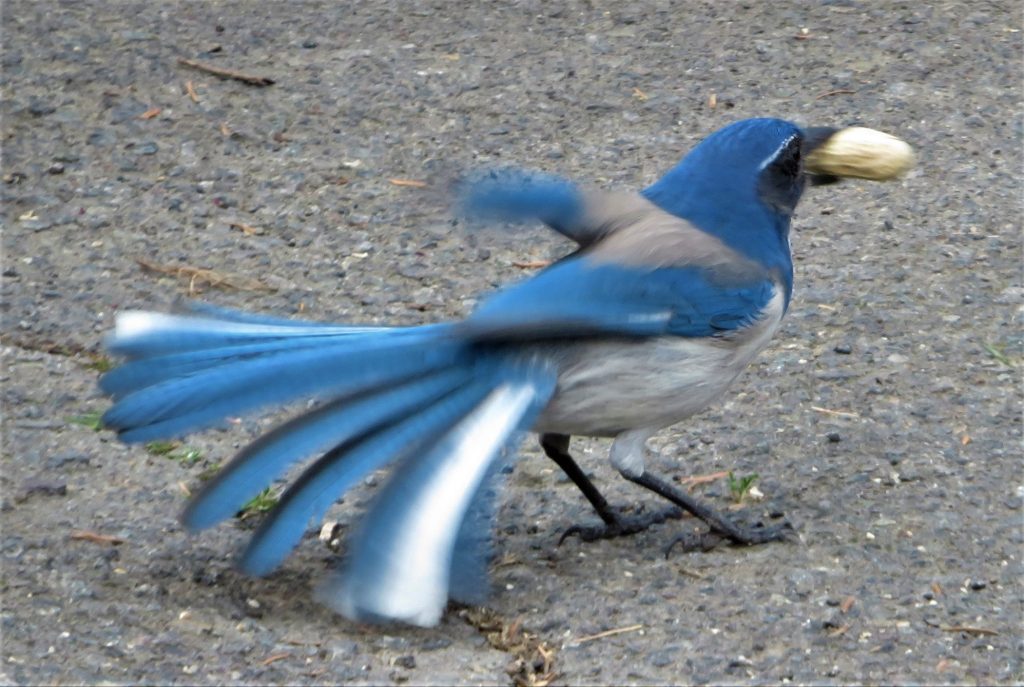
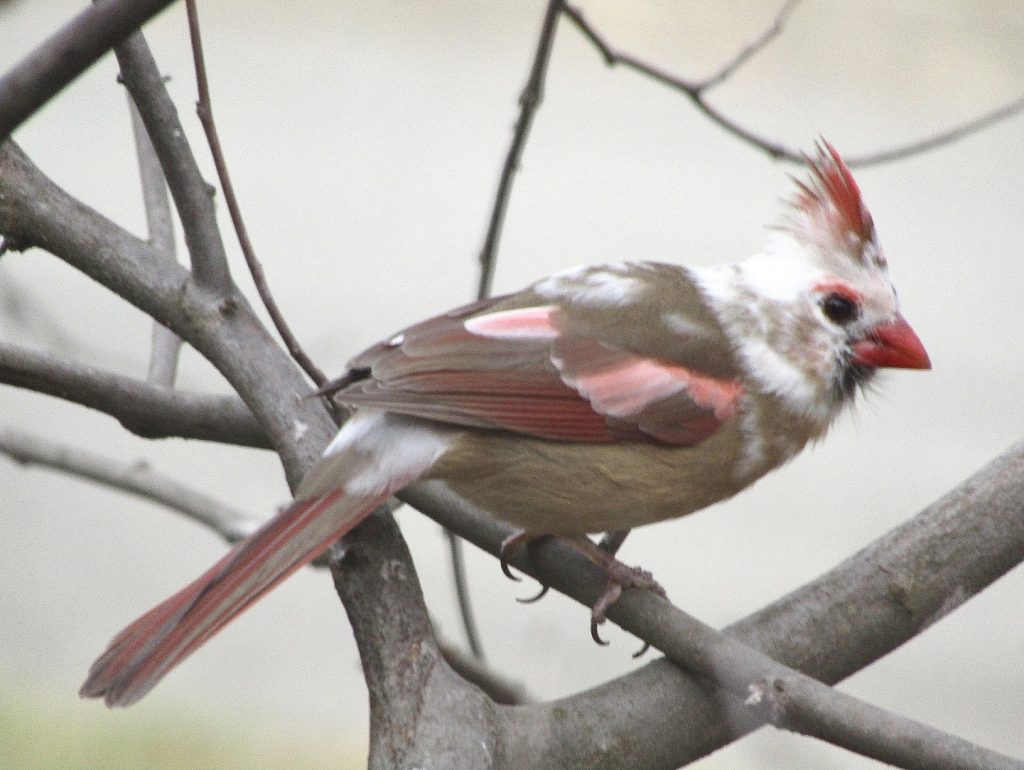
For information about upcoming Salem Audubon programs and activities, see www.salemaudubon.org, or Salem Audubon’s Facebook page.
Harry Fuller is an Oregon birder and natural history author of “Freeway Birding.” He is a member of the Salem Audubon Society. Contact him at [email protected] or atowhee.blog. His “Some Fascinating Things About Birds” column appears regularly in Salem Reporter.
JUST THE FACTS, FOR SALEM – We report on your community with care and depth, fairness and accuracy. Get local news that matters to you. Subscribe to Salem Reporter. Click I want to subscribe!
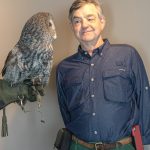
Harry Fuller is an Oregon birder and natural history author of three books: “Freeway Birding,” "Great Gray Owls of California, Oregon and Washington," and "San Francisco's Natural History--Sand Dunes to Streetcars." He leads birding trips for the Malheur Field Station. He is a member of the Salem Audubon Society, and leads bird trips locally. Harry has just published a new book, BIrding Harney County.

